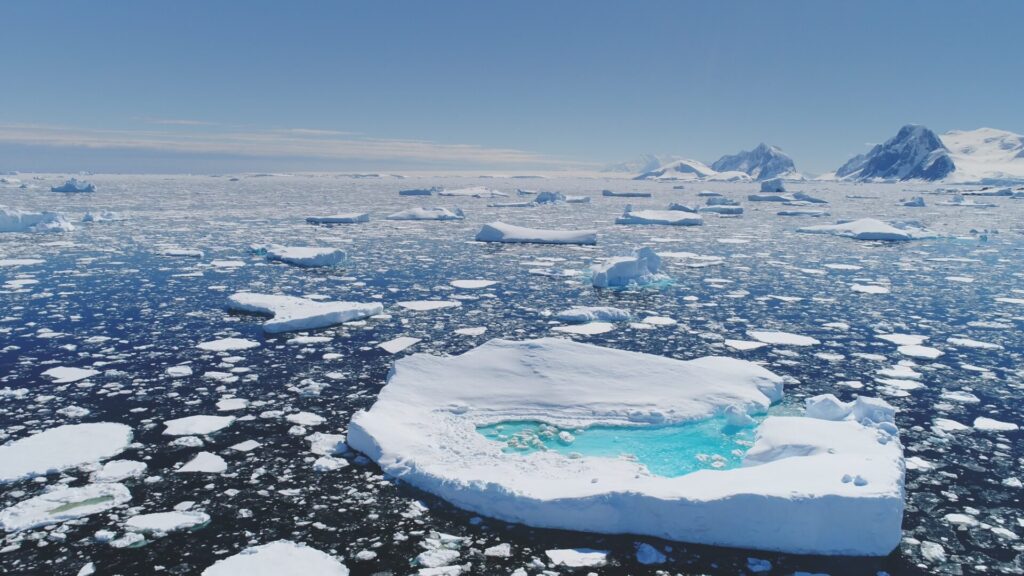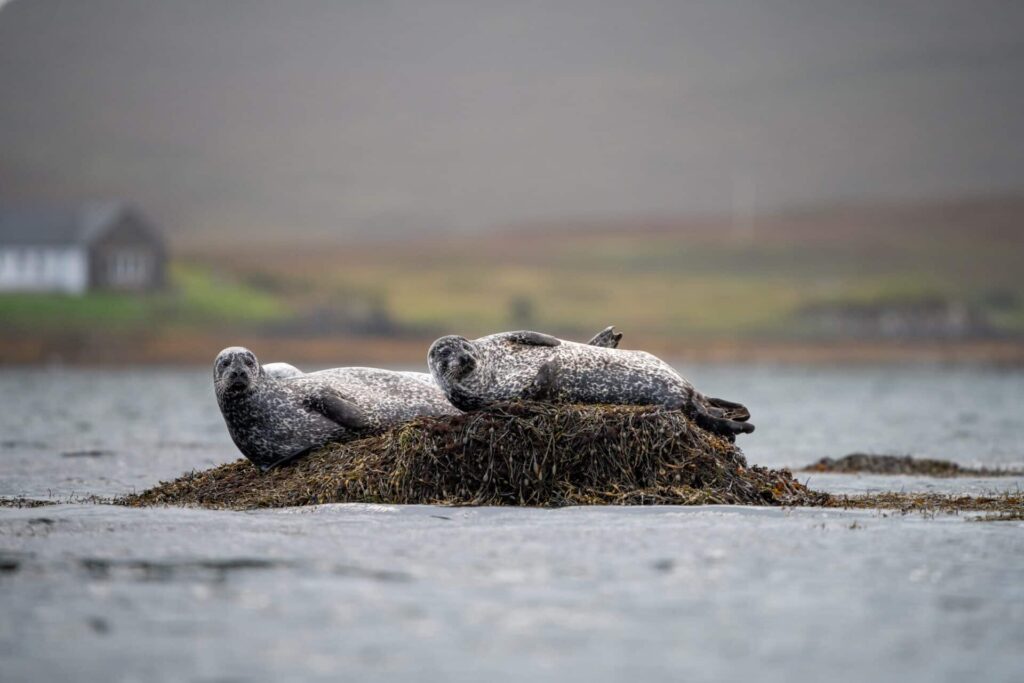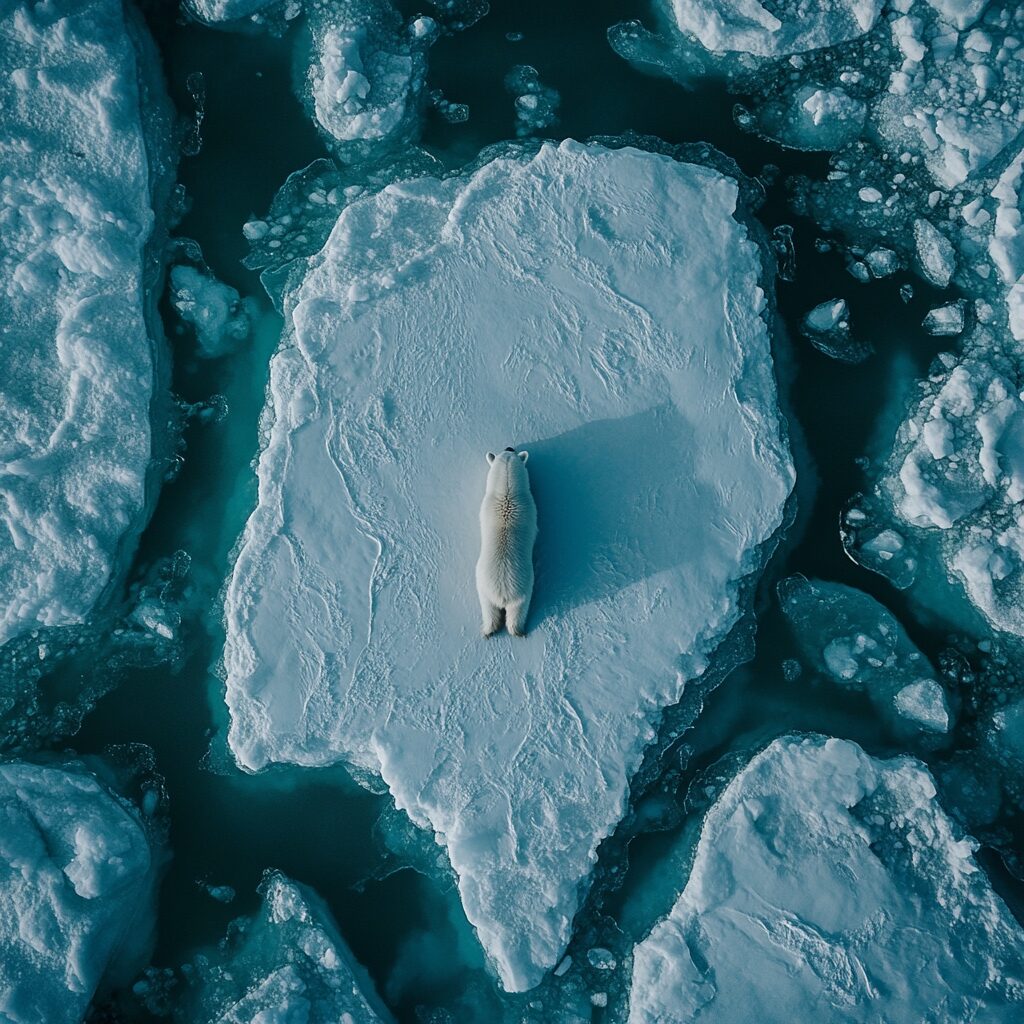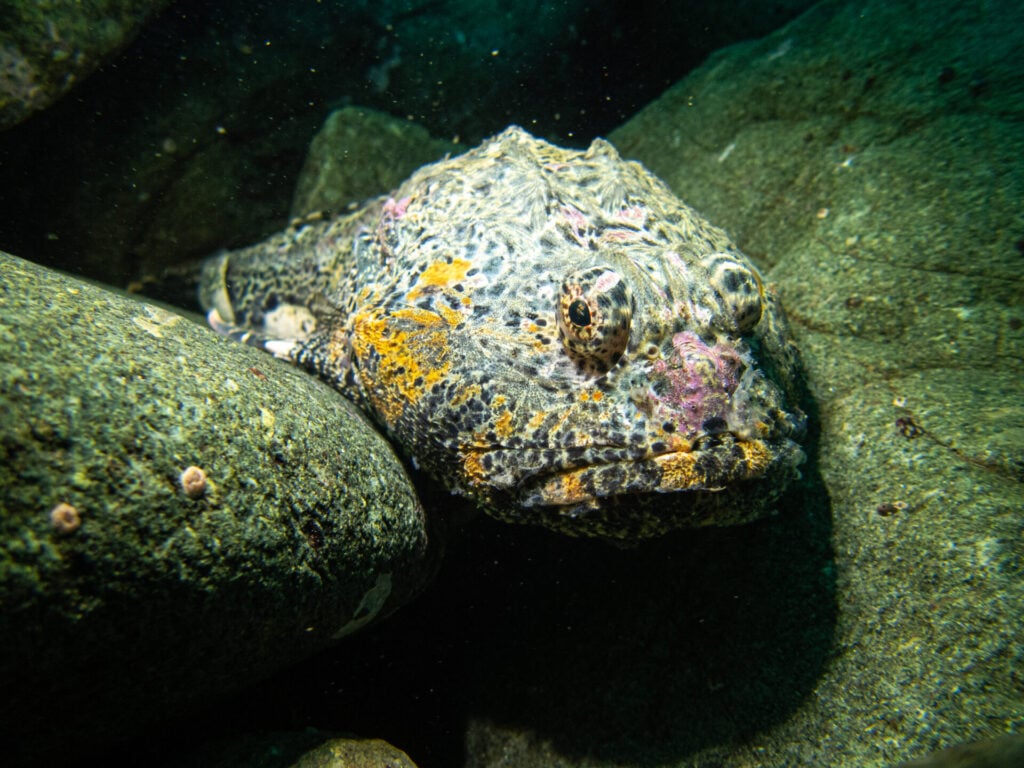Temperatures at the North Pole recently surged 20°C above the long-term average, marking one of the most extreme winter warming events ever recorded in the Arctic.
According to data from the EU Copernicus Climate Change Service, temperature readings in some areas even exceeded freezing, with measurements as high as 0.5°C – a rare occurrence in the typically frozen polar region.
The day before, temperatures were already 18°C above average, suggesting an alarming warming trend that continues to push the Arctic climate into uncharted territory.
Scientists monitoring the situation describe it as highly unusual and a cause for concern, as these fluctuations are symptomatic of broader climate disruptions driven by human activity.
This extreme Arctic warming is not an isolated event but part of a larger pattern of climate instability. Mika Rantanen, a scientist at the Finnish Meteorological Institute, emphasised the severity of the temperature spike, calling it ‘a very extreme winter warming event.’

While it may not be the most extreme ever recorded, it remains ‘at the upper edge of what can happen in the Arctic,’ he told The Guardian.
Rantanen explained that measuring precise temperature anomalies in such remote regions can be challenging, but the observed temperatures are estimated to be between 20 to 30 degrees Celsius higher than usual for this time of year.
A number of climate factors are contributing to this dramatic rise in Arctic temperatures. One key factor is the instability of the jet stream, a fast-moving air current that circulates the Northern Hemisphere. Rising global temperatures have disrupted its usual flow, allowing warm air masses to push further north than usual, leading to sudden temperature surges in the Arctic.
Another contributing factor is the decline of Arctic sea ice, which plays a crucial role in regulating the region’s climate. The ice acts as a natural insulator, reflecting sunlight and keeping temperatures stable. However, with rapid ice loss over the past few decades, darker ocean waters have been left exposed, absorbing more heat and amplifying warming.
Not Just the Arctic
A warming Arctic does not just affect the North Pole—it has global consequences, impacting weather patterns, sea levels, and ecosystems far beyond the polar region. Scientists have long warned that Arctic instability disrupts the polar vortex, leading to extreme weather events, including harsher winter storms in North America and Europe, flooding, and heatwaves in unexpected regions.
Melting Arctic ice contributes directly to rising sea levels, increasing the risk of coastal flooding and threatening low-lying island nations and major coastal cities. The loss of stable ice conditions also has devastating effects on Arctic wildlife, particularly species like polar bears, seals, and seabirds, which rely on the ice for survival.

Beyond ice loss, the thawing of permafrost – the frozen ground that covers much of the Arctic – poses another climate threat. Permafrost stores vast amounts of methane, a greenhouse gas that is significantly more potent than carbon dioxide. As temperatures rise, the frozen ground begins to thaw, releasing these gases into the atmosphere and accelerating global warming even further.
This record-breaking temperature spike is not an anomaly. The Arctic is warming four times faster than the global average, and in the past decade alone, warming events of this magnitude have become increasingly frequent. This latest surge in temperature further confirms that the climate system is undergoing rapid, human-driven change.
Ice-Free Summers
A 2023 study, co-authored by Dirk Notz, a climate scientist at the University of Hamburg, determined that the Arctic could experience completely ice-free summers, even in low emissions scenarios, as soon as the 2030s.
‘There is no negotiating with this fact, and no negotiating with the fact that the ice will disappear more and more as long as temperatures keep rising,’ Notz told The Guardian. ‘We expect the Arctic Ocean to lose its sea-ice cover in summer for the first time over the next two decades. This will probably be the first landscape that disappears because of human activities, indicating yet again how powerful we humans have become in shaping the face of our planet.’
While temperatures in the Arctic may fluctuate in the coming weeks, the long-term trend is clear: the region is warming at an unprecedented rate, and the effects are rippling across the globe. Scientists and environmental experts stress the urgency of reducing fossil fuel dependence, cutting carbon emissions, and investing in climate mitigation strategies before these extreme events become the norm.
As extreme Arctic warming events become more frequent, the real question remains whether global leaders will respond before it is too late.









